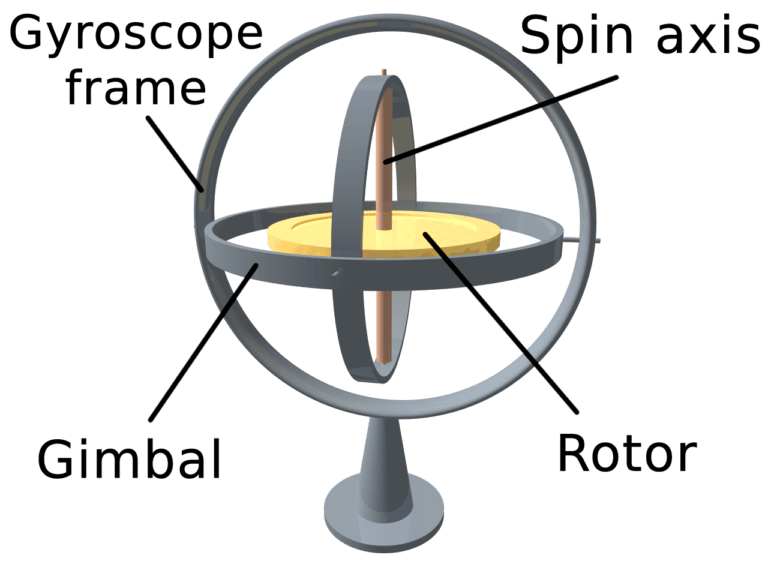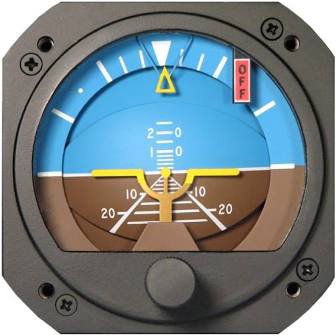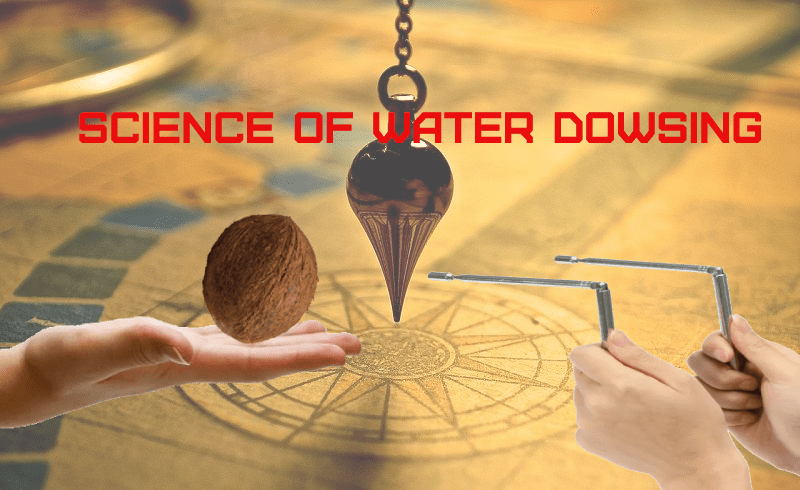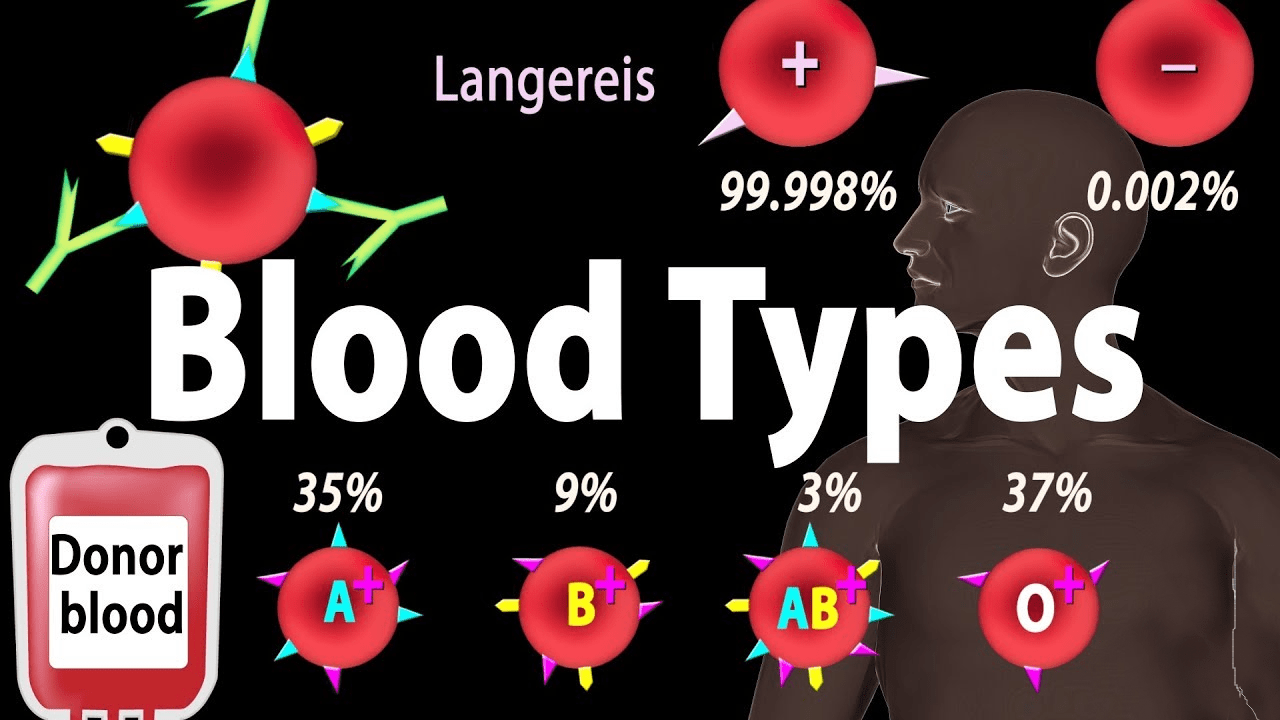A gyroscope, in its most basic form, is a wheel or disc positioned on a gimbal that can spin fast around an axis that may change direction. The spinning rotor’s angular momentum keeps it upright even when the assembly on which it is attached is slanted. Gyros retain their initial orientation to a fixed point in space, unaffected by the rotation of the Earth.
What is Gyroscope?
A gyroscope is a device that measures and maintains orientation and angular velocity. It is a spinning wheel or disc in which the action or rotation (spin axis) can take on any orientation. According to the conservation of angular momentum, tilting or rotating the mounting has no effect on the direction of this axis.
How Gyroscope Works?
The Gyroscope is essentially a huge rotor mounted in light-supporting rings known as gimbals. The gimbals are equipped with frictionless bearings that separate the centre rotor from external torques. The axle of a spinning wheel defines the spin axis. The rotor rotates around an axis and has degrees of rotational freedom. It maintains the high speed rotation axis of its core rotor due to its outstanding balancing stability at high speeds.
When the Gyroscope is subjected to external torques or rotation about the provided axis, the orientation may be measured using the precession phenomena (precession refers to the change in the orientation of a spinning body’s rotational axis). In other words, accuracy is achieved by applying external torque in a direction perpendicular to the rotating axis.
This rotation about the spin axis is detected, and information about it is sent to a motor or other device that provides torque in the opposite direction, cancelling the precision and preserving the alignment. Precision can also be avoided by employing two perpendicularly placed gyroscopes. The pulse of counteracting torque at constant time intervals can be used to calculate the rotation rate.
Example
Fill a bucket halfway with water, then add a floatable object. Gently rotate the bucket around parallel to the earth; there will be no change in the direction of the object, nor will the water rotate with it. This is known as the gyroscopic effect.
Consider yourself floating in a big vacuum chamber (while you are in space). You won’t be affected even if the chamber’s walls revolve. So a gyroscope can maintain the orientation and location of an item in three dimensions regardless of how the gyroscope is placed or altered in direction.
This effect is caused by the employment of a gimbal in a gyroscope. The gyroscope only functions when there is gravity.
Why Most Places Preferred Gyroscope?
Gyroscopes conserve energy by storing it as angular momentum.
In layman’s terms, energy is provided to a spinning mass to maintain it spinning about an axis, which becomes a protected orientation of the mass against external forces such as gravity.
Thus, when held freely, a gyroscope defies gravity and will safeguard the direction of its axis of rotation when placed over spacecraft going in space.
The cost of maintaining orientation is paid in the form of energy given to the gyroscope to keep it spinning at all times. If the gyroscope stops spinning, it loses its directional function and is rendered ineffective.
That is just one use of angular momentum, but gyrational inertia is employed in almost all motion applications, such as vehicle wheels, bicycles, crankshafts, jet engines, aeroplane propellers, and so on.
Where do we use Gyroscope in Daily Life?
Gyroscopes have several applications; I’ve mentioned a few of them here.
1. Consumer electronics include cellphones, gaming gadgets, and sports monitoring systems.
2. Aviation, ship, and other navigation systems.
3. Photography, robotics, and precise machinery all need stability controls.
4. Many innovative cars based on gyroscope stabilisation systems may be found in the literature.












